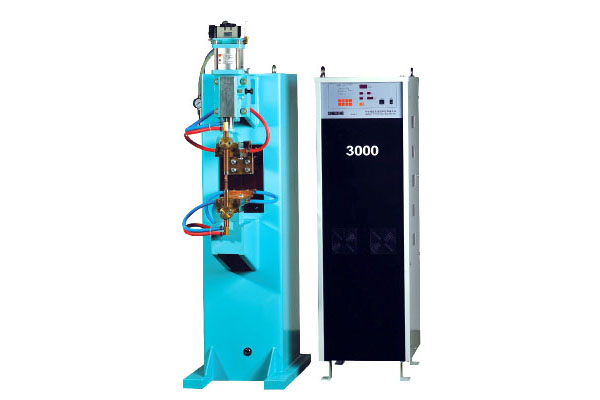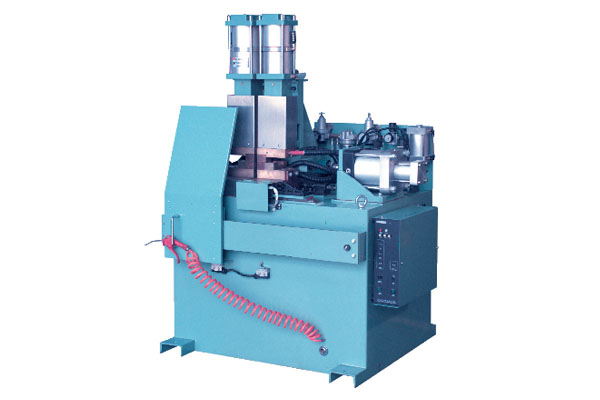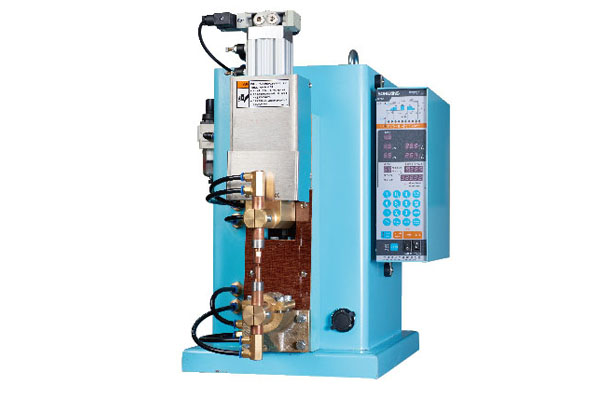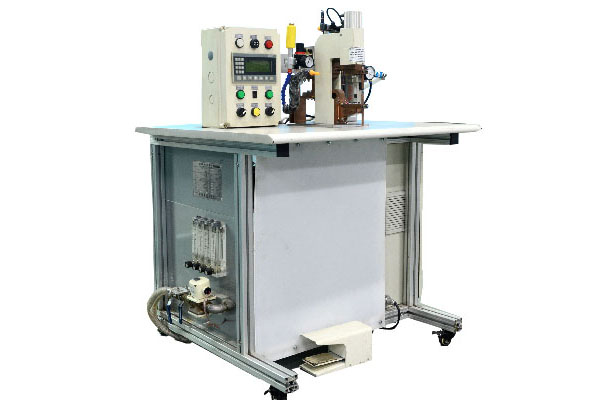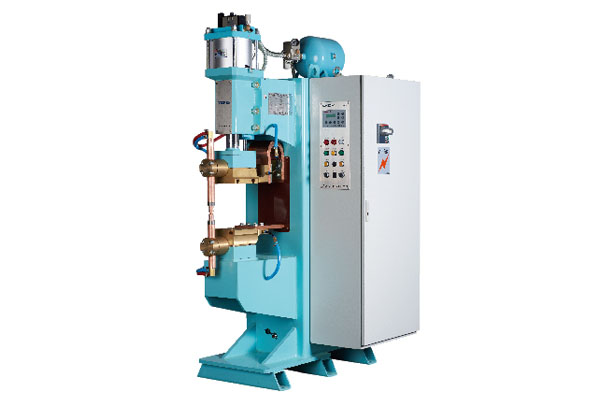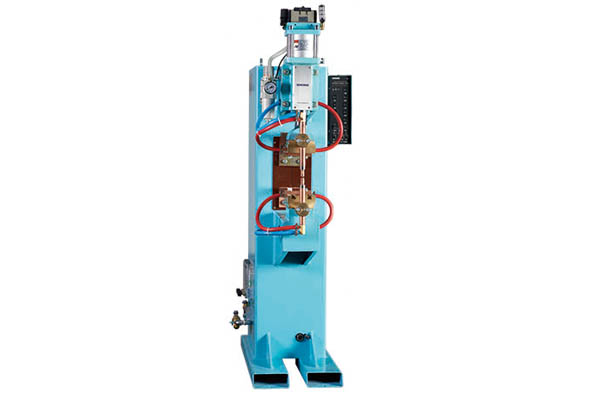News & Technicals
Operation Procedure Description of Spot Welding Machine
1. Spot welding is a resistance welding method in which two weldments are pressed between two electrodes, and the base metal is melted by resistance heat to form a welding spot. According to the shape and thickness of the parts to be processed, the corresponding electrodes are selected, and special-shaped workpieces need to use elbows and special-shaped welding nozzles.
2. According to the wall thickness of the parts to be spot welded, appropriately adjust the spot welding process parameters of the spot welding machine for trial welding. The process parameters that need to be adjusted during the trial welding include: welding time, welding current, slow rise, and electrode pressure.

3. Prepare two test pieces with a width of 30-50mm and a length greater than 100mm with the same wall thickness as the processed part for spot welding strength test. After spot welding, the test piece is torn to check the spot welding strength. It is required that the nugget diameter is 3mm larger than the double wall thickness δ of the part, that is, the nugget diameter d=2δ+3mm; the nugget height is 35% to 70% of the weldment thickness. Process parameter adjustment, welding, and inspection are repeated until the quality and strength of the solder joint meet the requirements, and the part can be spot-welded after the test piece is qualified.
Parts processing requirements
Before welding, in order to ensure that the assembly gap between the two spot welding parts does not exceed 0.5 mm (as shown in the figure below), the welding slag, welding beans and other sundries on the spot welding surface should be cleaned first. In order to ensure the welding quality, no oxide scale is allowed on the spot welding surface of the parts.
Inspection, until the quality and strength of the solder joint meet the requirements, and the spot welding of the test piece is qualified, the parts can be spot welded.
There should be no rust on both sides of the spot welded parts, and the dust, oil stains, iron filings and other debris on the surface of the parts should be cleaned up. Confirm the parts before spot welding. The flatness of the spot welding surface of the stiffeners, bent plates and other parts is 1/1000, and the middle bulge is not allowed. The middle can be suspended, and the suspended height is 1mm. As shown in the figure, the part spot welding surface The burr height is 0.1*wall thickness.
When butt welding is required, it is required to trim the burrs on the butt surfaces of the two parts before spot welding. When spot welding, the distance between the center of the welding point and the seam is 10mm, and the distance between the two points is 50mm.

After spot welding, the solder joints on the front of the parts are polished with 400# sandpaper or pulled inward with 120# sandpaper twice (forward pushing action is not allowed). After polishing, the surface of the parts is smooth and there is no dent feeling when touched by fingers.
Premium Product
Catalogue
News & Technicals
Structure of Nut Electrode of Intermediate Frequency Spot Welder
Analyze the Electrode of the Intermediate Frequency Spot Welder
Analyze the Influence of the Welding Point Distance of the Spot Welder
Function of Butt Welding Machine Inspection System
Contact Us
Email: info@resistancewelder.com
Tel: 0086-185-6889-5678
Factory: No.81 Donghui Second Street, Huangpu District, Guangzhou

